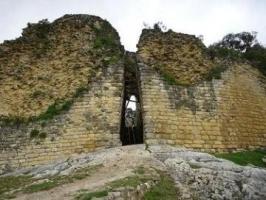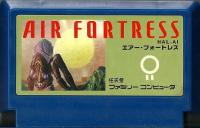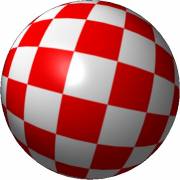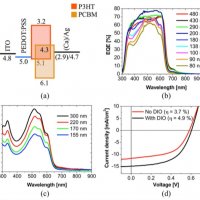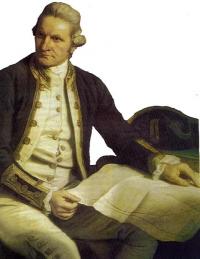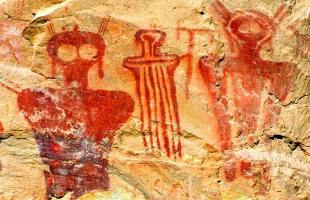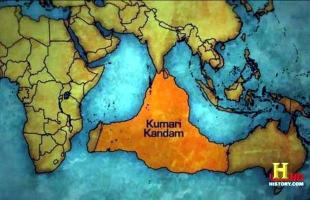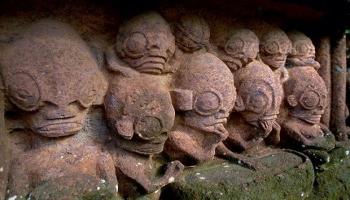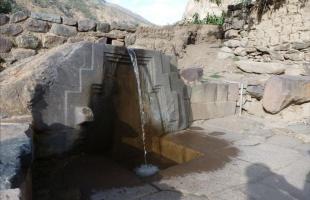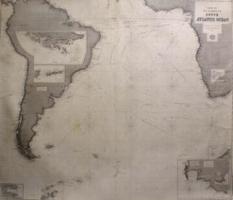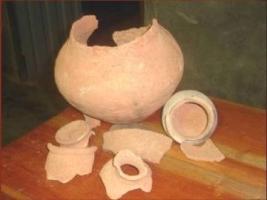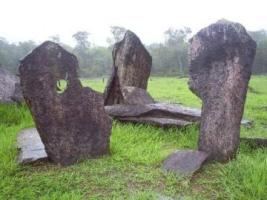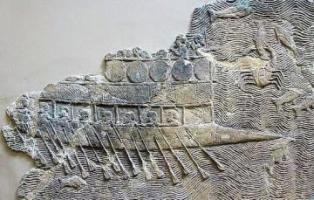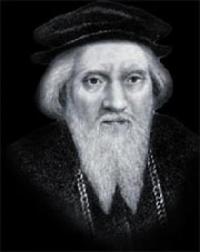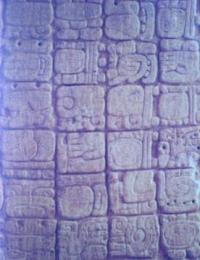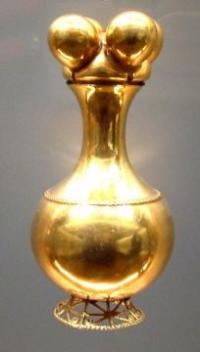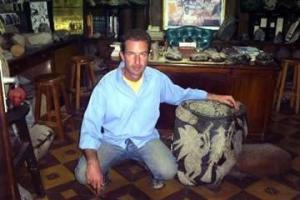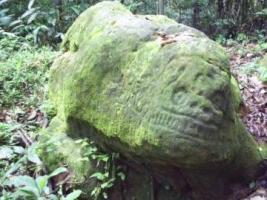The fortress of Trinchera

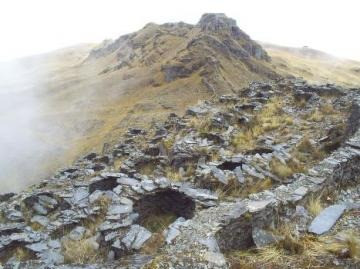
During my last trip to Peru, I had the opportunity to visit, together with my friend, the archaeologist Ricardo Conde Villavicencio, the narrow valley of Patambuco, in the department of Puno, in order to document and study the fortified citadel of Trinchera, a splendid archaeological site, which is little known.
The trip began in Puno, a wonderful city located in front of Lake Titicaca, from where, in a large jeep, we headed towards the interior of the department.
In approximately four hours of travel we reached the Ananea plateau, which we visited last year when we went toLa Rinconada, the highest town in the world.
The Ananea Plateau, located about 5,000 meters above sea level, looks like an immense Gruyere cheese. The mining area, in fact, extends across a large part of the high plateau, where gold is mainly extracted, but also other minerals.
On the plateau, which is an intricate labyrinth, we entered the wrong path several times, but, finally, some miners showed us the correct path.
Then we continued on the unpaved road, where icy winds blew, while, in the distance, we could see the Nevado de Ananea, 5,850 meters above sea level.
After about two hours of travel, we reached the headwaters of the Patambuco River, a tributary of the Inambari River (Madre de Dios River basin), in the narrow valley. When we entered it we saw numerous groups of vicuñas grazing freely.
Next, we immersed ourselves in the “mist” and walked a narrow uncovered path at the edge of the cliff.
Once we arrived in Patambuco, a small town located on the right ridge of the valley, about 3400 meters above sea level, we immediately headed to the archaeological site of Colo Colo, a little further down from the town.
From a careful analysis of the place it is deduced that the people who built the “chullpas” (funerary urns) of Colo Colo lived a little further down, where today the remains of an ancient citadel can be seen. My friend, the archaeologist Ricardo Conde Villavicencio, maintains that the town of Colo Colo (which I consider belonged to the Lupaca culture), had nothing to do with those who lived in the fortified citadel of Trinchera, located at the top of the mountain, approximately 1000 meters higher.
Already around 4 in the afternoon, Patambuco was enveloped in a thick blanket of fog, the countess of humidity that comes from the jungle. As night came, the temperature dropped to 5 degrees and the strong humidity gave us the unpleasant feeling of “cold in the bones.”
We found shelter in the house of some of Ricardo's relatives, who welcomed us with a plate of delicious potatoes typical of the area, as well as boiled corn, rice and infusion of mugua, a type of aromatic herb similar to mint.
The next morning we woke up at dawn and, after a nutritious breakfast of maca, we began walking towards the Trinchera fortress. We were accompanied by Héctor Caracciolo, a 63-year-old farmer of Italian origin.
To reach the fortress (whose coordinates are 69 degrees 38' West and 14 degrees 26' South), you have to walk for approximately an hour, climbing until you reach a height of 4,200 meters above sea level.
In the distance you can see the snow-capped peaks: the rays of the The sun highlights its contours, but from below the fog quickly rises and threatens to envelop the entire valley with its morbid embrace.
Fortunately, when we reached the vicinity of the powerful walls that defend the fortress, the sky had become clear and the sun reigned bright in the blue sky.
It was 7 in the morning, and cold air, along with a sharp breeze, accompanied our visit.
The archaic fortress was there, in front of us, like the heritage of an unknown people who lived in that place approximately 700 years ago.
After a careful analysis of the archaeological site, we conclude that it has an area of 120,000 square meters (a little more than 1/10 of a square kilometer). Inside the fortress there are about 500 houses, both circular and quadrangular, made of stone slabs; from which it is inferred that the total population of Trinchera could have reached 1500 individuals.
Wooden sticks and straw were used as roofs for the houses (about 3 meters in diameter or side), materials that are now lost.
Walking towards the top of the fortress, which then also corresponds to the top of the mountain, you can see how the houses are larger and better built. From this it is deduced that those who belonged to the Trinchera elite, the king, the nobility and the priests, lived higher up, while the warriors and peasants lived at the entrance to the fortress.
Trinchera was a society based on self-consumption and war (raids into the valleys), which is why trade with other towns was not practiced.
Right at the top of the fortress you can see a large block of stone used, probably, as a ceremonial altar. Some cavities are observed in the rock, possibly used to place some offerings to the Gods: coca leaves, corn grains and quinoa seeds.
The question arises as to why the ancient town of Trinchera decided to build a fortified citadel in such a remote, cold and humid place, at an approximate altitude of 4200 meters above sea level and so far from the lower parts of the valley, where fruit and vegetables can be grown. and where the climate is more temperate.
To answer this question we must consider that the ancients had a completely different conception of life from ours. They gave great importance to the cult of the Sun and, for this reason, they located their places of worship in very high places, close to the sky, precisely. Then, there are other reasons: a fortress surrounded by thick walls, located at 4,200 meters above sea level, is hardly impregnable (the pre-Inca citadel on theMarcahuasi plateau has some similarities with Trinchera, although the latter is located on a vertiginous peak).
The people of Trinchera lived off agriculture and grew potatoes, as well as corn, quinoa and other Andean cereals. He probably raised Andean camelids such as llamas, alpacas and vicuñas.
The lower part of the valley was inhabited by the Colo Colo people. Perhaps the Trinchera carried out raids in the lower valley in order to appropriate food and women, which is why they took refuge in the fortress, safe from possible reprisals.
According to archaeologist Ricardo Conde Villavicencio, the Trinchera culture dates back to the post-Tiwanaku period and is situated in the time horizon of 1250-1300 AD. This period, which is defined as the time of regional governments or independent kingdoms, goes from 1200 to 1400 AD, when the entire territory corresponding to the current department of Puno was conquered by the Inca ethnic group.
In the citadel of Trinchera, ceramic fragments with drawings of warriors, felines and condors were found, as well as bronze and copper utensils.
Ricardo Conde Villavicencio maintains that after the fall of the Tiwanacu empire there was a kind of “Andean Middle Ages” that led to a cultural and social retro-evolution, or else stopped the progress of civilization. Trinchera was, then, one of several independent kingdoms that were formed in the post-Tiwanacu era (there are some other “fortresses” in the area, such as Limbani, Phara, etc.)
Regarding conservation, study and dissemination of this wonderful archaeological site, it is expected that in the future the authorities will preserve it and encourage an in-depth archaeological project, so that more can be known about the life of the ancient Trinchera people.
YURI LEVERATTO










